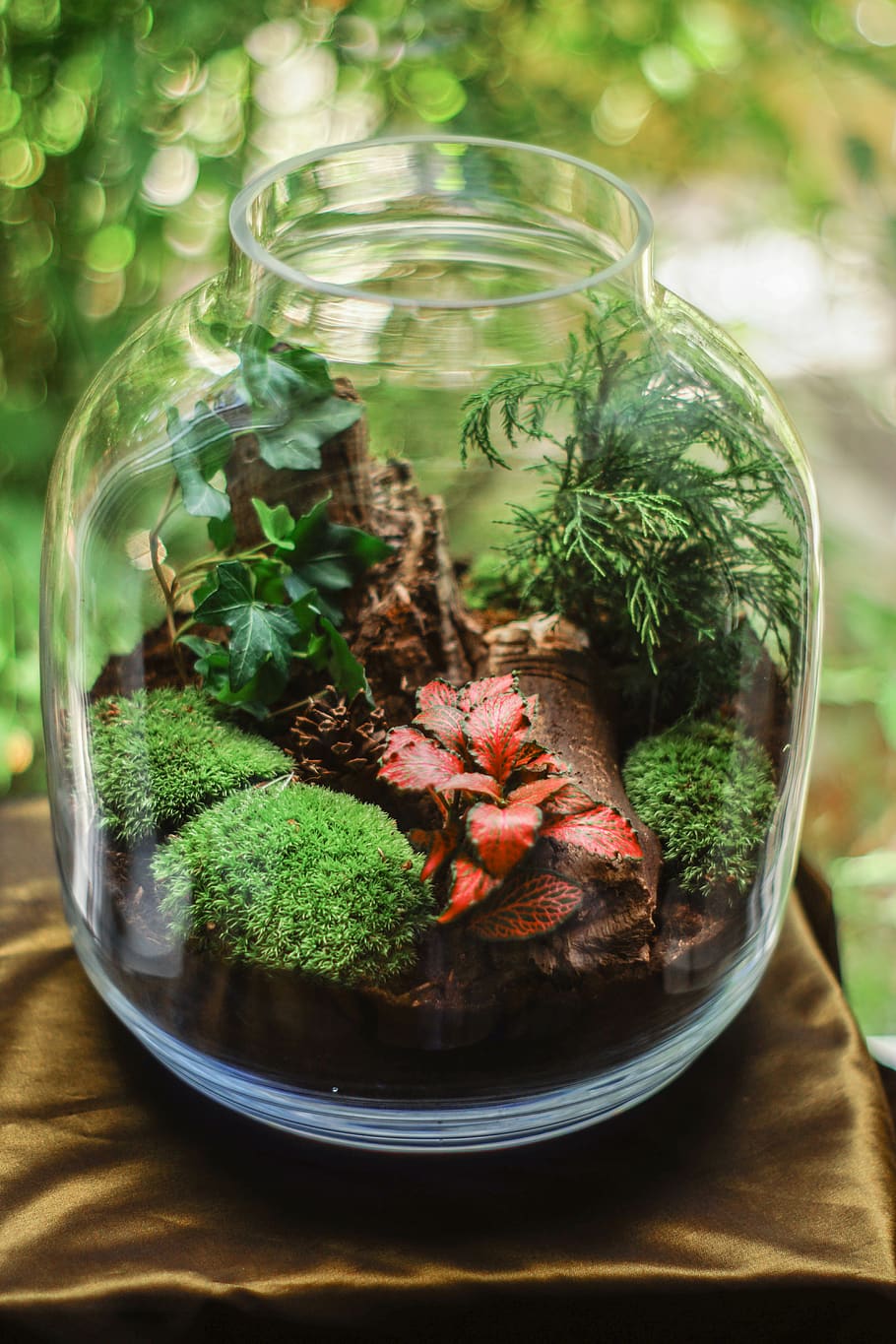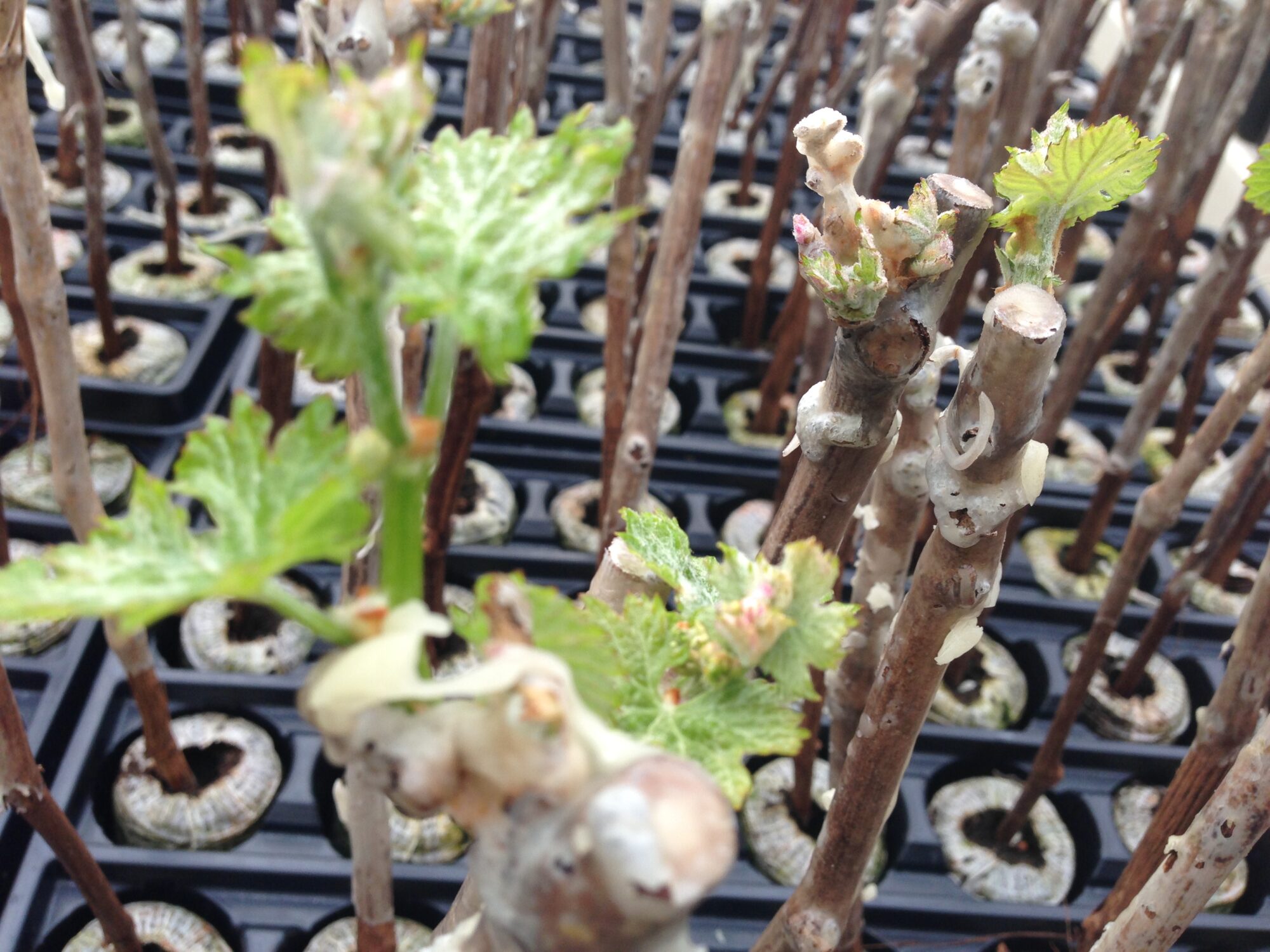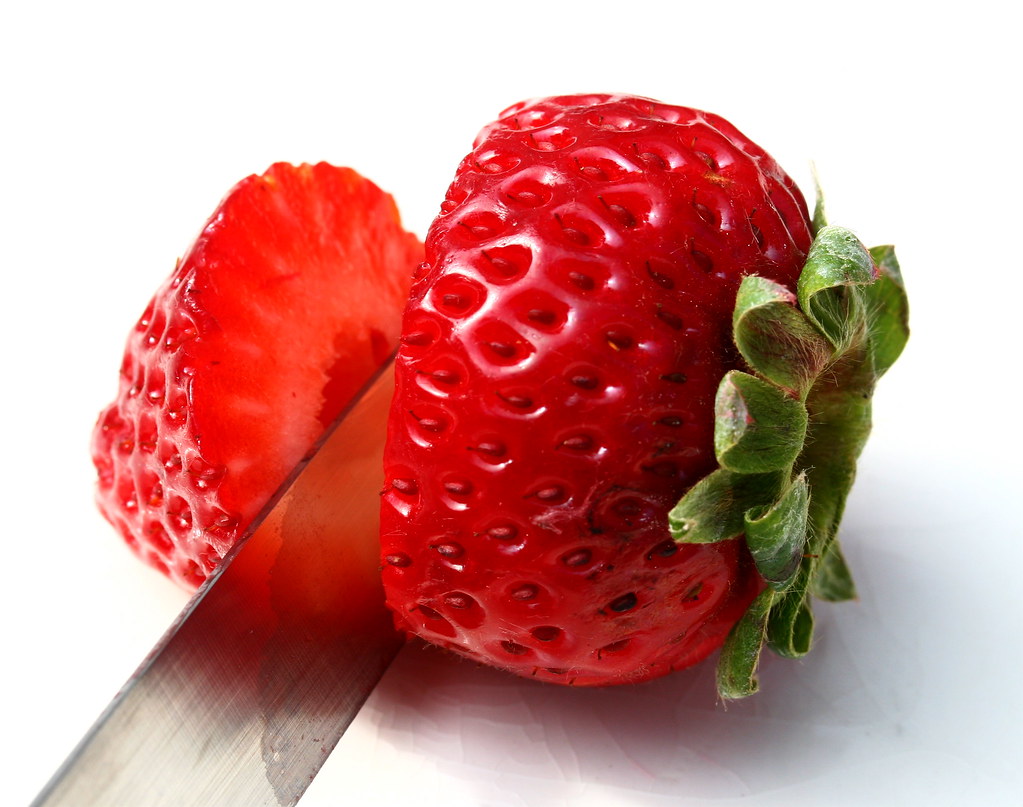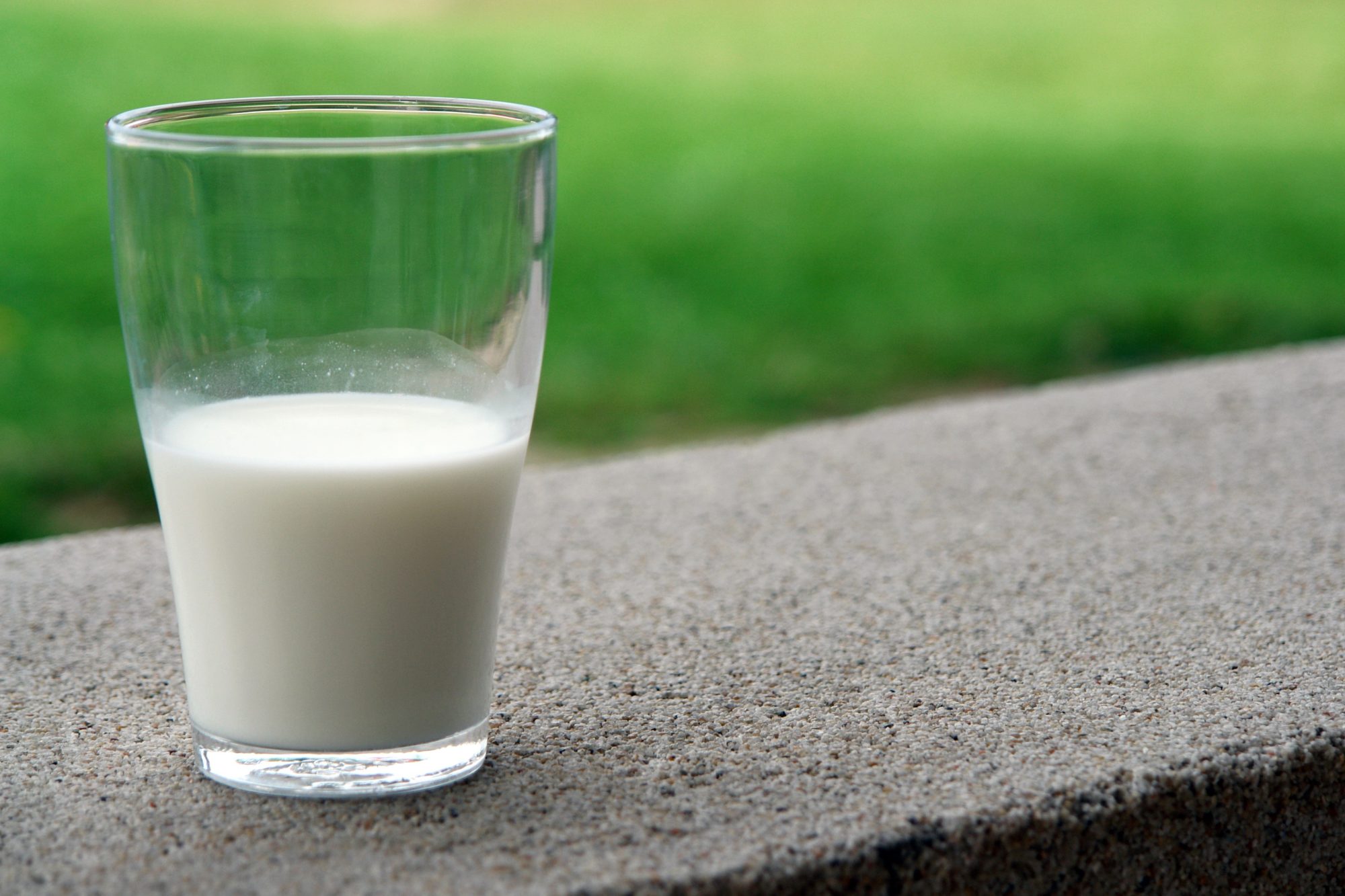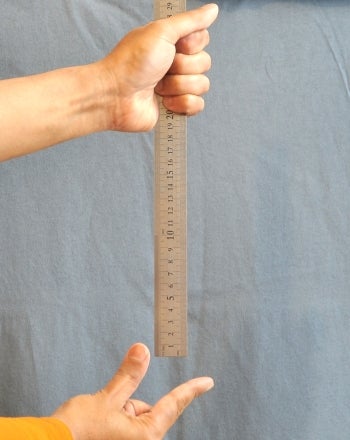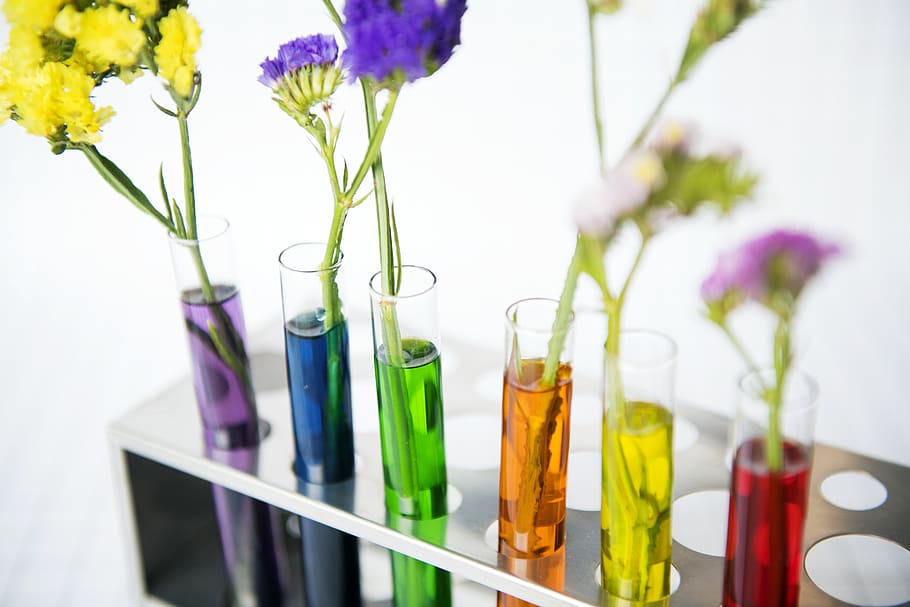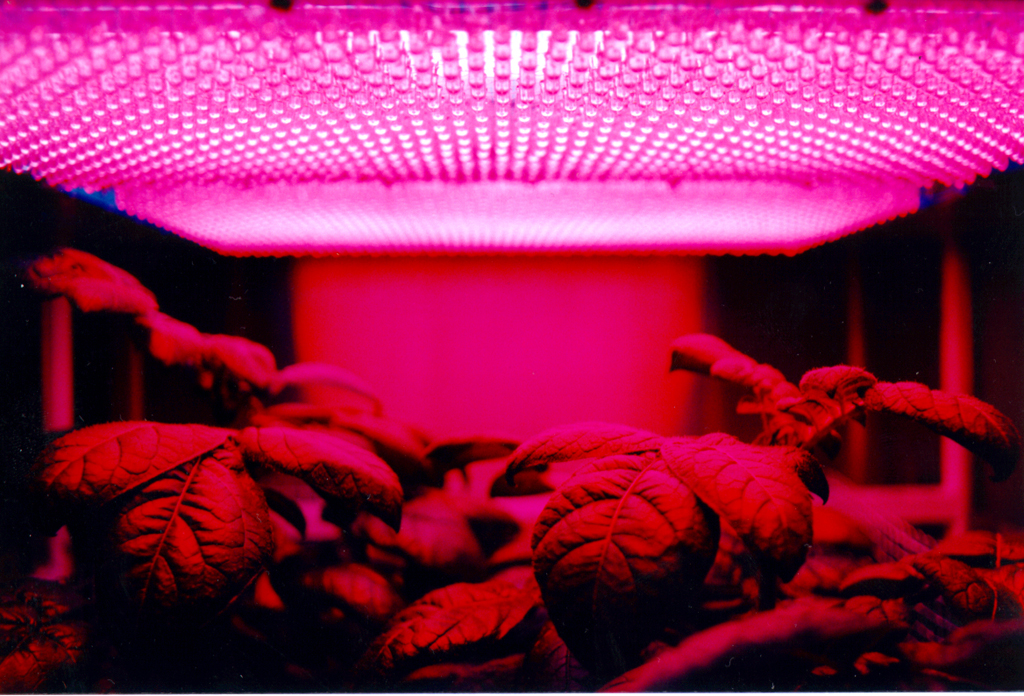Step 1
Clean the glass jar and add a layer of rocks, pebbles and soil to the bottom of the jar (preferably in that order).
Step 2
In a bowl, dampen the compost and place a layer over the soil.
Step 3
Select a small number of seeds/seedlings and embed them into the soil. (If using seeds, ensure that they are placed deep enough and if using plantlings make sure that the roots are fully embedded within the soil).
Step 4
Pour a small amount of water over the compost.
Step 5
Place a few insects on the soil.
Step 6
Seal the container and place in a well lit area.
Some decorations may be placed within the jar prior to sealing, such a toy house or figures to give each terrarium an individual touch.
Parafilm may be used to further seal the lid.
Ensure that the terrarium is kept in a well-lit, warm area.
Do not add too much water as this would lead to water-logging and rotting.
When choosing plants, choose ones that will not grow larger than the container they will be placed in.
The main precaution in this experiment is ensuring that the lid is securely sealed in order to prevent gases from being lost.
Before I start I wanted to ask you guys a quick question, what 3 things do people require to live? (pause and accept answers, expect silly and funny answers but the correct 3 would be food, water and oxygen/air). Plants aren’t very different from us because for them to survive, they require a source of food, air and water. However, the way they get and use these things are very different from us.
Let’s start with air, people need oxygen to survive. Plants also need oxygen for the process of respiration. This is the process whereby sugars are broken down into co2, water and energy. Plants, unlike people, also take up CO2. This CO2 however, is needed to produce the plant’s food in the form of sugar through the process of photosynthesis. For the plant to make its food through this way, it also needs water and light energy. Water is simply taken up by the plant via the roots along with additional nutrients from the soil (It is because of this, that the soil is dampened and compost added as a nutrient source).
Now you might be wondering how our little ecosystem is self sustaining. Well, as long as light is shining upon the plants, photosynthesis can occur. The water remains within the closed system as although it is utilised photosynthesis, it is released in respiration and thus, is sustained. Similarly, oxygen and carbon dioxide are also sustained within the jar. The only non-renewable substances are the nutrients.
This is where the insects come in. The insects are herbivores and detritivores that eat plant material and excrete it into the soil. This excretion is rich in nutrients that seep into the soil and are hence, taken up by the plant.
Why is the system sealed?
To prevent gases from escaping.
Why should the container be placed in direct sunlight?
To allow the plants to photosynthesise.
Why should the container be transparent?
To allow light to pass through in order to reach the plants.
Why do we add both soil and compost?
To aerate the soil for the roots.
Why do we add the insects?
To break up decaying material and increase the nutrient content within the soil.
Two main processes are being studied here: photosynthesis and respiration. As the word implies, photosynthesis is the process whereby energy in the form of light is absorbed by plants along with CO2 and water to produce sugars (glucose) and oxygen. This reaction occurs within the chloroplasts of plants and are the reason why leaves are green.
Respiration, simply put, is the reverse of photosynthesis. It is the breakdown of sugars in the presence of oxygen to produce water, co2 and energy. In this case, the energy is not light energy but metabolic energy where the reactions occur within the cytosol and the mitochondria of plants.
Photosynthesis:
Photosynthesis is a chemical reaction that occurs within the leaves of green plants and is the primary step in food production. This occurs within the chloroplast of plant cells. These organelles contain the light capturing pigment called chlorophyll. This chlorophyll captures photons of light which in turn react with CO2 and water to produce glucose and oxygen according to the reaction below:
6CO2+6H2O+ Light Energy → C6H12O6 +6O2
The water required by this reaction is taken up by plants via the roots while the carbon dioxide is taken up through the leaves. The glucose produced can be utilized in respiration (see below) or converted into starch which can then be stored and converted back to glucose when required. The oxygen produced at the end of photosynthesis is released as a byproduct of photosynthesis.
http://www.bbc.co.uk/schools/gcsebitesize/science/add_ocr_21c/life_processes/plantfoodrev1.shtml
Respiration:
Respiration is the process by which living organisms acquire energy needed to perform chemical reactions. Plants undergo aerobic respiration where oxygen is used to break down sugars. In plants, respiration is often coupled with photosynthesis as the glucose used in this step is synthesized during photosynthesis.
Respiration follows the equation below:
C6H12O6 +6O2 → 6CO2+6H2O+ Energy
Essentially respiration is the reverse of photosynthesis however, in this case, the energy produced is not light energy but metabolic energy.
https://www.bbc.co.uk/education/guides/zq349j6/revision
Decay Process:
Decay is an essential process within nature and it aids in the recycling of materials within an ecosystem. Here it is important to distinguish between decomposers and detritivores. Decomposers chemically break down dead organisms through decomposition and enzyme secretion. Such organisms are naturally found in all habitats and include a number of fungi and bacteria. Detritivores consume decaying matter and thus, excrete it out as smaller particles. In doing so, the surface area upon which the decomposers can work on is greatly increased. These two types of organisms are required to replenish the nutrient content within soil.
http://www.bbc.co.uk/schools/gcsebitesize/science/add_ocr_gateway/green_world/decayrev1.shtml
Application
The growth of plants is essential in agriculture and is the basis of farming, as well as home gardening. This is particularly important when making use of green houses. However, no self-sustaining greenhouses are built on such a basis.
http://home.howstuffworks.com/lawn-garden/professional-landscaping/alternative-methods/greenhouse.htm
Research
Artificial photosynthesis is currently being researched as a novel means of energy production that is both relatively greener and more sustainable.
https://www.thegreenage.co.uk/tech/artificial-photosynthesis/
Try covering the container with foil or cardboard paper – the terrarium should not grow.
Investigate the rate of plant growth by exposing the terrarium to different types of light sources (natural, UV, artificial, LEDs etc…).
Try growing the terrarium without the rock layer or without the insects and observe how this influences the microcosm.

